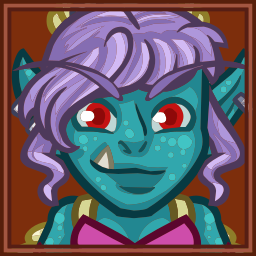

To Polynesian pop enthusiasts, tiki venues are places of relaxation, nostalgia and escape from everyday life on the mainland. The twenty-first-century craft-cocktail revolution led to a new appreciation of the early tiki drink recipes, and saw the openings of hipster-friendly nouveau-tiki bars across the nation.

Tiki culture saw a revival in the nineties due to renewed interest in midcentury design, fashion, and all things retro. The aesthetic lost popularity in the early 1970s, maybe in part because the bamboo and thatched roofs prevalent in tiki bars were uncomfortably reminiscent of the huts U.S. The trend picked up steam in the postwar era, when American GIs returning from the Pacific theater were nostalgic for the sights, sounds and flavors of the South Seas. Tiki bars specialized in complex “tiki drinks” based on rum and fruit juice with elaborate garnishes and names like the Zombie, the Missionary’s Downfall, and the Mai Tai, the moniker of which was supposedly taken from a Tahitian word for “the best.” These places featured palm trees paintings of Polynesian women “beachcomber” decor like fishing nets, glass floats and starfish and tiki carvings, masks and spears. The tiki design aesthetic was launched in California in the 1930s by white men like Donn Beach, founder of the restaurant Don the Beachcomber in Hollywood, and Victor Jules Bergeron, Jr., who opened Trader Vic’s bar in Oakland.

The term can also refer to a carved image of a god or ancestor.īut to most people in the mainland United States, the term is probably more likely to be associated with so-called “tiki culture,” aka “Polynesian pop.” That is, fanciful depictions of the Pacific islands-borrowing indigenous imagery from places like Hawaii, Easter Island, Tahiti and New Zealand-found in drinking establishments, restaurants, dinner theaters and other places of amusement. “Tiki is a deity, similar to Adam or Prometheus, who went from island to island lifting the sky and bringing fire from the earth,” they responded.


 0 kommentar(er)
0 kommentar(er)
